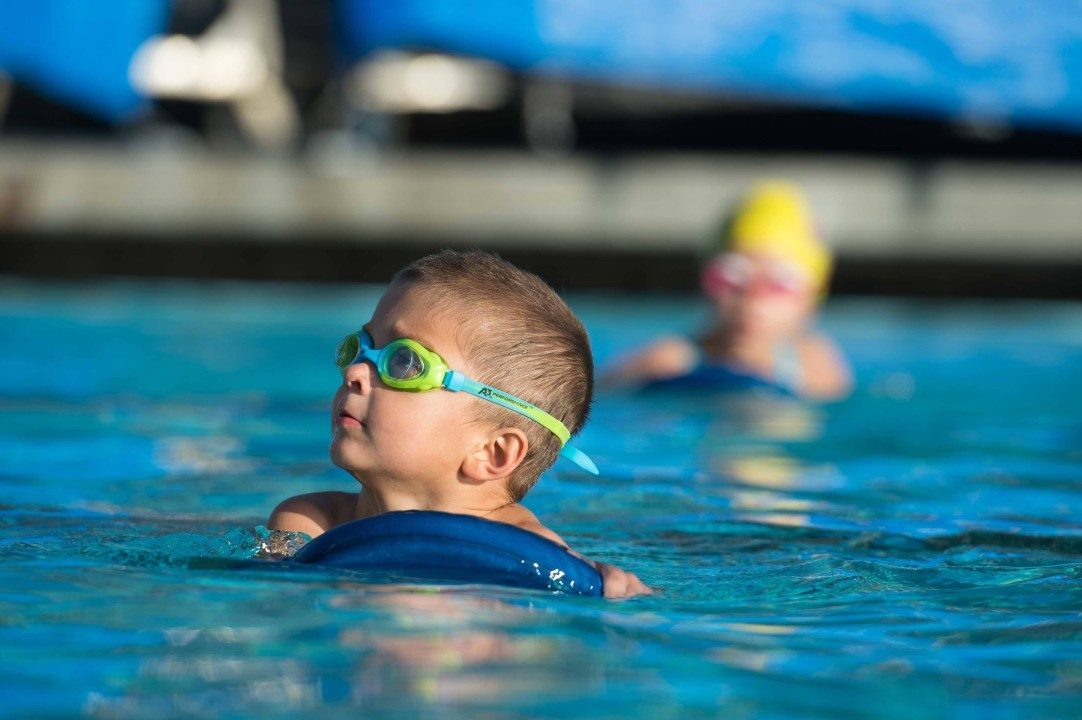For me, the best part about the role of a coach is that I get to learn new things every day – about the sport, about the athletes, about myself, about our industry – each day presents opportunities to broaden my horizons to something new.
Some times what I think will work, doesn’t work and vice versa – the point is to keep an open mind and welcome any opportunity for your swimmers to get better as athletes, and for you to get better as a coach and mentor.
Retta-ism: BE SPECIFIC
I coach on two different pool decks during the week and the pools are shared by several different club and high school swim teams. As such, I hear different coaching approaches and mentalities on a daily basis. The other day I picked up several comments from coaches yelling things like ” do better walls”, “do better under-waters”.
1) My first thought is that the term ‘better’ is so subjective – what is ‘better’ to the swimmer may not be ‘better’ to the coach, which still may not be ‘better’ compared to the athlete’s competitor. How is a swimmer supposed to understand what a generic word such as ‘better’ means?
2) My second thought is more a question – HOW should the walls be ‘better’? HOW can the under-waters be ‘better’? I’d venture to say the swimmer himself is also asking these questions. Sure, maybe at one time a coach had reviewed the key mechanics and traits of how, in this example, an effective flip turn/push off the wall should look. But, if the athlete isn’t doing it regularly, then chances are he needs a review. He is only building incorrect muscle memory in the process of performing every turn ineffectively, which will only make the task of ‘unlearning’ the incorrect behavior that much more difficult as practices continue.
3) My recommendation – make it easier on yourself AND your swimmer by being SPECIFIC on what you are exactly looking for on the skill. If it is under-waters – HOW many kicks should the swimmer target before break-out? HOW should the feet be placed on the wall at push-off? What does an effective streamline look like in terms of hands and arm position? Demonstrate yourself or involve a more experienced swimmer who has the right stuff to provide an example.
4) DON’T be afraid to (GASP) stop practice, have swimmers get out of the pool, and discuss the RIGHT way to do a skill. Make sure all swimmers’ eyes are on you while you review the subject and write key points on a dry erase board (if available) or post on your team’s website post-practice. Include the discussion points in that week’s team newsletter, periodically ask swimmers out of the blue what an effective underwater looks like, and set the tone that what you are demonstrating/discussing is the standard as a team.
Being a proactive coach by way of giving SPECIFIC instructions, examples and directions to swimmers from an early level will not only instill the right skills in the foundational stage of a swimmer , but you will enjoy the byproduct of not having to waste valuable coaching/mentoring/training time undoing incorrect skills later on in their career.

Agree 100% 🙂